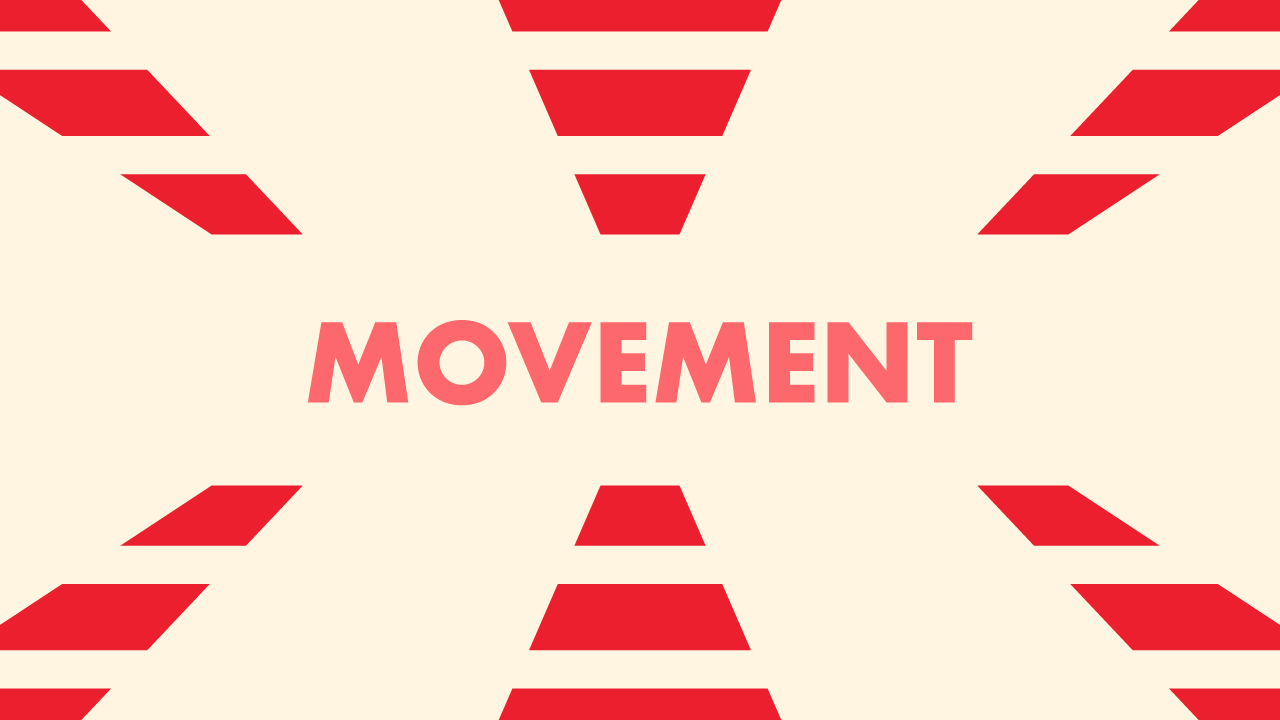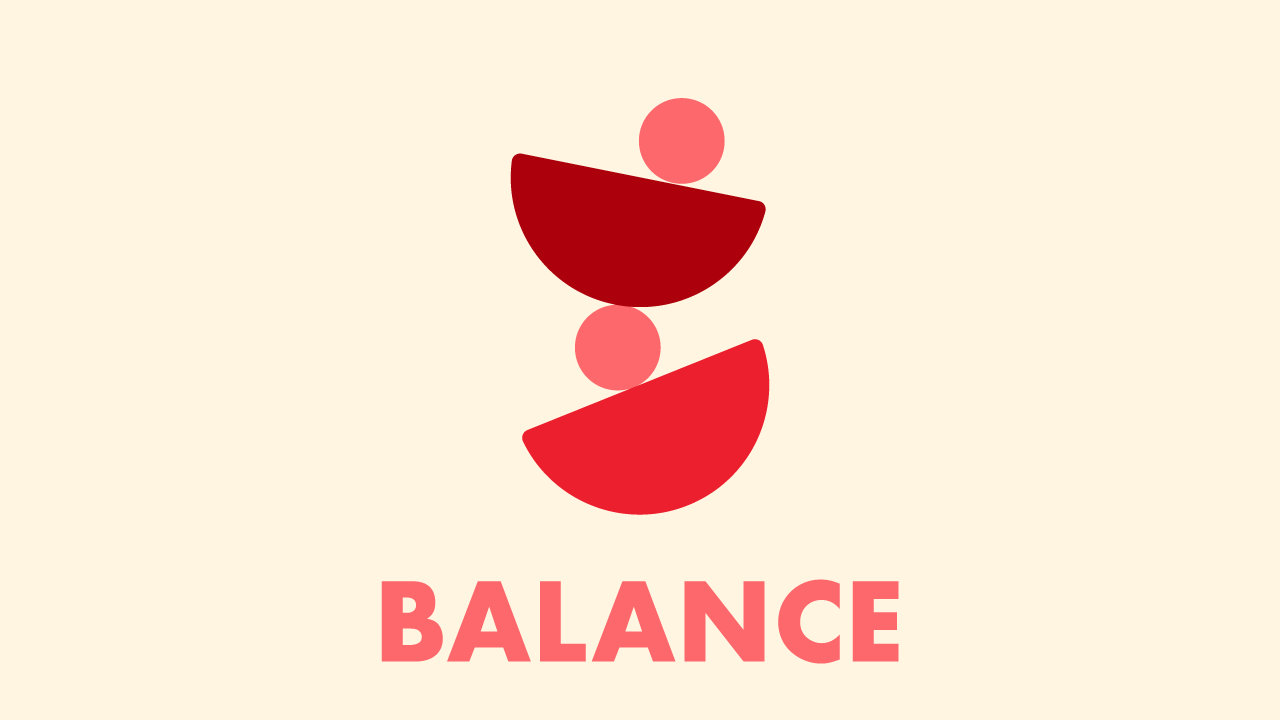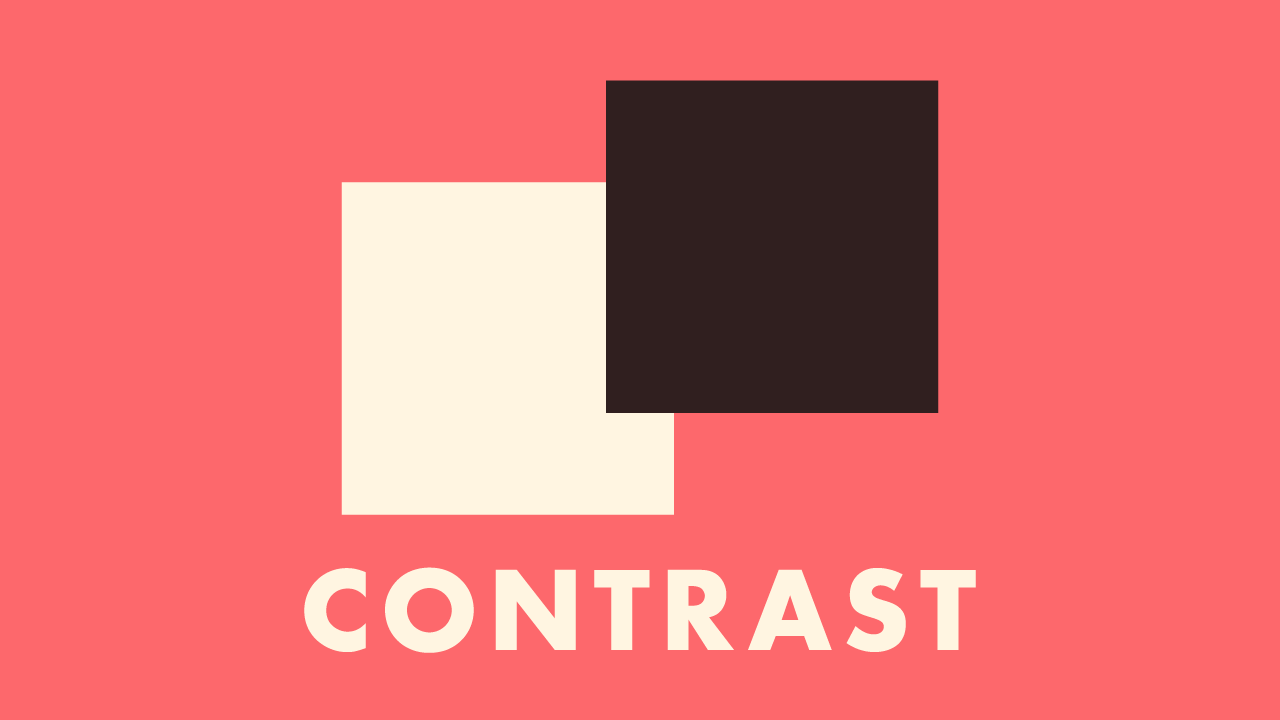Movement in Design: Directing the Viewer's Journey
Discover the art of suggesting movement in graphic design, guiding viewers' eyes to bring static images to life, making them dynamic and engaging.

3 min read
·November 19, 2023

Introduction:
Ever gazed at a design and felt a breeze, a rhythm, or a pulse? That, my friends, is the magic of movement in graphic design. It’s a principle that often goes unnoticed, yet it never fails to guide the viewer through the narrative of an art piece, subtly, almost like an unseen choreographer. Let’s dive into the essence of movement and understand how it shapes the fluidity of our visual experiences.
Unpacking the Principle of Movement:
Movement in graphic design isn’t about creating actual motion—it’s about suggesting the idea of motion or a path for the eye to follow. It’s about making stillness come alive. Here’s how I infuse my designs with a sense of movement:
- Directional Cues:
- Lines and shapes are my compasses that point the viewer in the direction I want them to travel. Whether it’s a swoosh that says “Swipe right” or arrows that guide you through an infographic, directional cues are the silent guides of visual storytelling.
- Sequencing with Size:
- Playing with the size of elements can suggest a sequence, like a series of stepping stones leading from one point to another. I often resize elements to create a visual hierarchy that moves the eye from the most significant to the least.
- Color Transitions:
- Just as a day fades into night, a gradient can represent a transition in time, emotion, or action within a design. I use color gradients to craft a gentle sense of progression and motion within a static image.
- Repetition with Variation:
- Repetition creates rhythm, and rhythm is the heartbeat of movement. By repeating elements with slight variations, I establish a visual beat that paces the viewer’s journey across the design.
Incorporating Movement into Designs:
To demonstrate movement, I once designed a poster for a jazz festival where the notes seemed to dance off the page. It wasn’t just about placing musical notes randomly; it was about letting each note play its part in a larger visual symphony that moved through space and time.
A Personal Reflection on Movement:
There’s something inherently human about seeking motion. In a world that’s constantly moving, we resonate with designs that mirror the dynamic nature of life itself. In my work, I aim to mimic this dynamism, to create designs that aren’t static but are full of life and direction.
Conclusion:
Incorporating the principle of movement into your designs invites the viewer on a visual journey. It’s an essential aspect of design that, when done right, can turn a simple image into an experience that engages and enchants.
So, as you pick up your designer’s toolkit, let movement be one of your brushes. Paint with the strokes of direction, rhythm, and flow. And let’s create designs that don’t just sit but dance, pulse, and breathe.
Remember, in a static medium, movement isn’t about the ability to flutter on a page or screen—it’s about the power to move hearts and minds. Here’s to the designs that lead eyes on an adventure, leaving trails of thought and trails of beauty in their wake.
Similar Posts
-
November 19, 2023
Discover the art of balance in design, exploring its types and impact on transforming good designs into great ones in this insightful blog post.
-
November 19, 2023
Delve into the transformative role of contrast in design, from color to typography, and learn to create designs that are both compelling and memorable.

